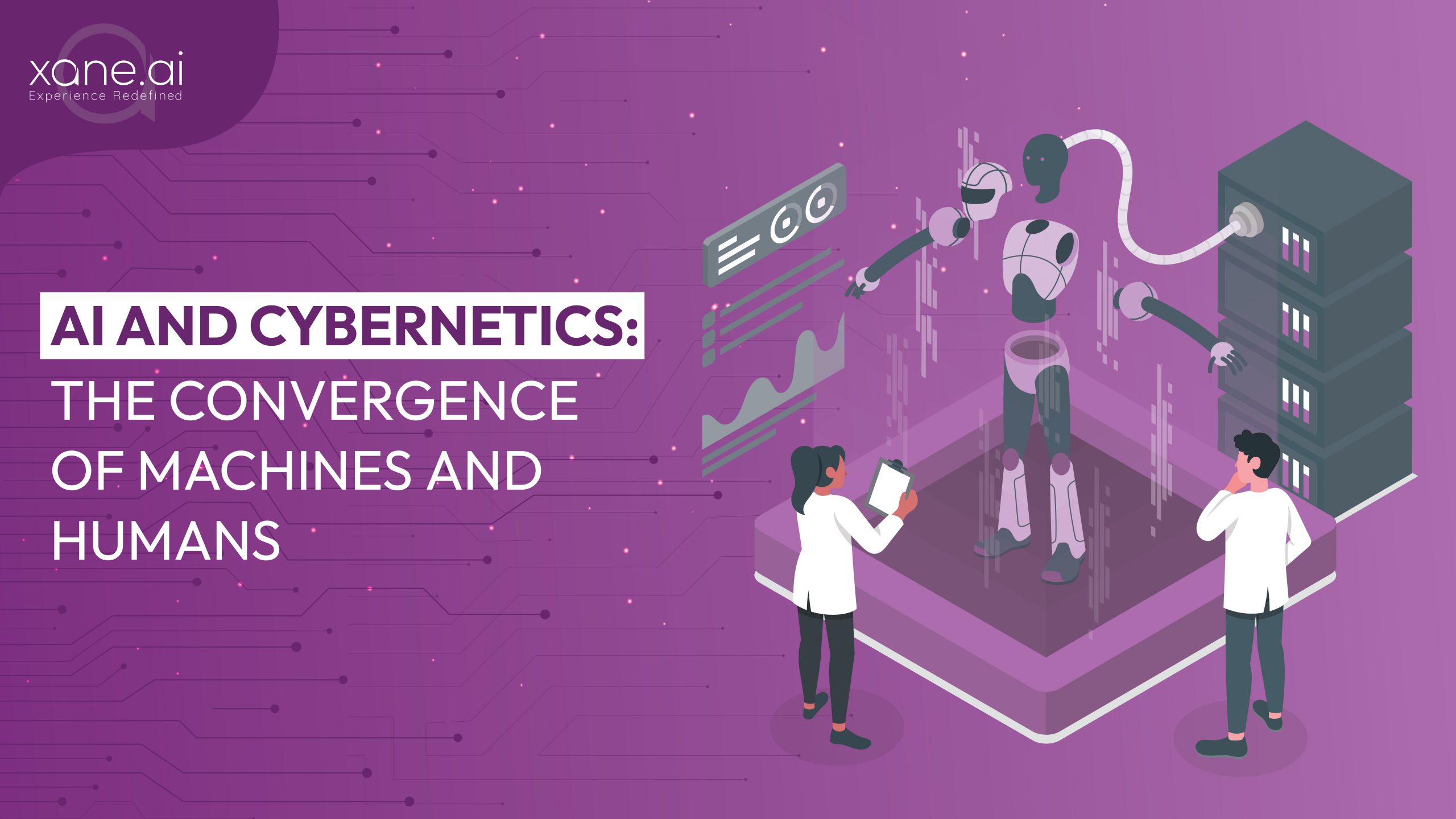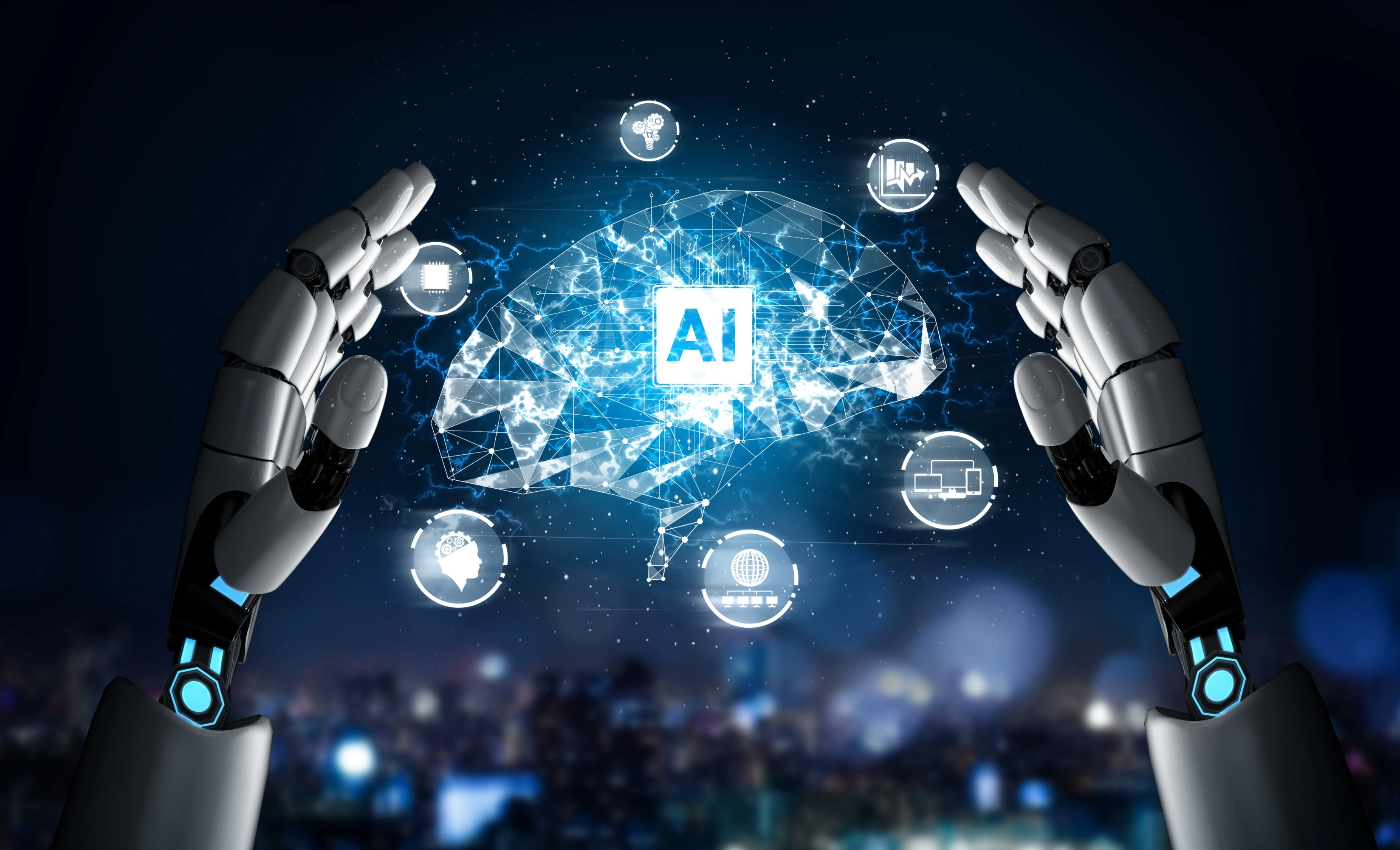
07 Nov AI and Cybernetics: the Convergence of Machines and Humans
Blog by Khushi Ojha
Artificial Intelligence (AI) and cybernetics are two interconnected fields and influence each other in many ways. Both involve understanding and managing complex processes, and their overlap becomes more apparent as technology advances.
What do you mean by artificial intelligence?
(AI), the ability of a digital computer or computer to perform tasks commonly associated with artificial intelligence. The term is often used for projects that create machines that exhibit aspects of human cognitive processes, such as the ability to think, find meaning, expand, or learn from past experiences.

What do you mean by cybernetics?
Cybernetics is the study of machines that use feedback to control themselves. This can include anything from biological systems such as the human body to human-made machines such as robots. One of the most important applications of computational cybernetics is in the field of artificial intelligence.

Machine and Human Convergence is Cybernetics:
Cybernetics, with its emphasis on strategy, communication, and control in complex systems, provides an important framework for understanding this integration. First-order cybernetics focuses on looking at machines from the “outside” and provides an understanding of how machines learn from human behaviour, including predictions, policy algorithms, and interventions that are influenced in the car.
In second-order cybernetics, the observer is part of the process that brings man and machine closer together. Here, the concept of cyborg, which means the integration of organic and synthetic in one place, comes first. This is evident in technologies such as brain-computer interfaces, which allow direct communication between the human brain and other devices, and neuroprostheses, where the energy of artificial devices can change or improve the body or its function.
Artificial intelligence and cybernetics:
Provides control, adaptation and feedback. As these projects continue, collaborations will bring new opportunities, challenges, and ethical considerations in areas such as democracy, human rights, and advocacy. Understanding and managing this synergy is critical to shaping the future of technology and people.

The roles of AI & cybernetics:
AI (Artificial Intelligence) and cybernetics have extensive influence across various domains, offering a wide range of applications. These technologies significantly contribute to numerous sectors.
- Automation and Efficiency
- Healthcare
- Finance
- Transportation
- Manufacturing and Industry
- Human-Machine Interaction
- Environmental Monitoring
- Ethics and Governance
- Natural language processing(NLP)
How does artificial intelligence affect human interaction?
Once AI has a voice, we will be able to identify characteristics such as gender, age, and socioeconomic background, making it harder for us to know that we are interacting with a computer.
Artificial intelligence affects human interaction in many ways, both positive and negative. Here are some important ways AI impacts human interaction:
Positive effects:
1 language translation
2 Accessibility
3 Personalization
4 Enhanced communication
5 Collaboration
Negative effects:
1 Privacy concerns
2 Job displacement
3 Isolation
4 Filter bubbles
5 Misinformation
6 Deepfakes (deep generative methods)
7 Loss of human touch
8 Dependency
9 Algorithmic bias
In Conclusion:
Artificial intelligence and cybernetics share the principles of control, adaptation and feedback strategies. As these fields continue to evolve, their integration will bring new opportunities, challenges, and ethical considerations in areas ranging from self-governance to human rights to promotion. Understanding and managing this synergy is critical to shaping the future of technology and people.


